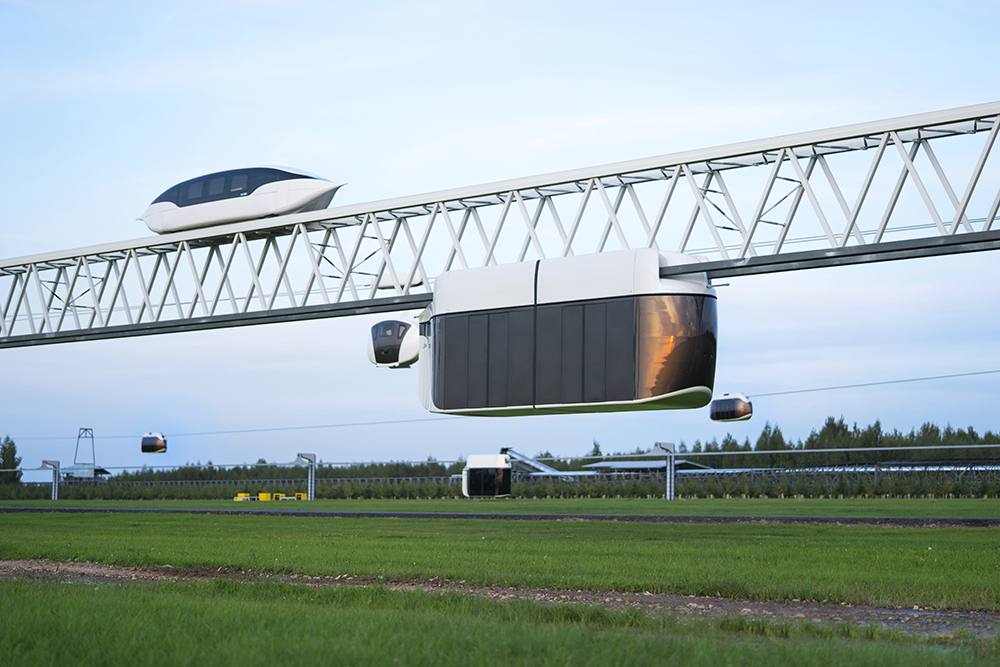Breaking the 120 km/h Barrier: Successful Tests of the Karat at the uSky Center
The flagship uBus Karat U4-212 from UST Inc. has reached a speed of 120 km/h during testing at the uSky Test & Certification Center in the UAE.
To achieve this milestone, company specialists developed and installed a traction power supply system integrated into the rail structure. Additionally, the uBus was equipped with a bidirectional converter, essential for direct reactive power control through dynamic braking.
The Chief Designer of the Rapid Transport Complex at uST Inc. Vitaly Lapkovsky, highlighted that during demonstration runs, the Karat U4-212 exhibited exceptional comfort, with ratings ranging from “very good” to “excellent”. This was largely due to its two-stage pneumatic suspension, which ensures a smooth ride comparable to business-class vehicles while significantly reducing noise levels.
Tests also revealed that 120 km/h is not the limit for the flagship uBus. Further trials will help fully unleash the potential of this rail-based unmanned vehicle.
More news

Opinion
4 February 2022
Unitsky String Technologies Inc. Found Itself in the Spotlight of Many Media in January
Journalists regularly choose string transport as a subject for their article or story. The past month has once again confirmed this. We bring to your attention an overview of the most interesting publications about Unitsky String Technologies Inc.

News
28 December 2024
The Executives of UST Inc. Spoke about the Company's Performance in 2024
The General Designer and General Director of Unitsky String Technologies Inc. summed up the results of the company's activities in 2024.

News
22 May 2024
The uST Solution Is Being Considered for Integration With Seaports
DP World is interested in employing the uST Solution in maritime transportation.

